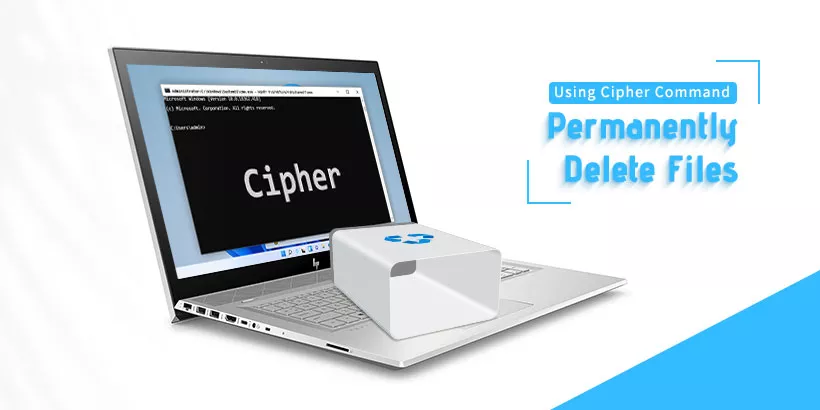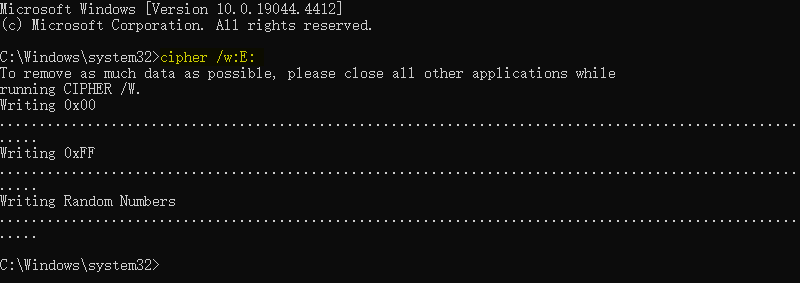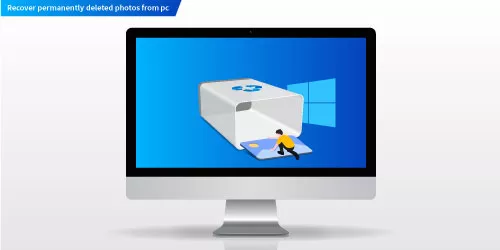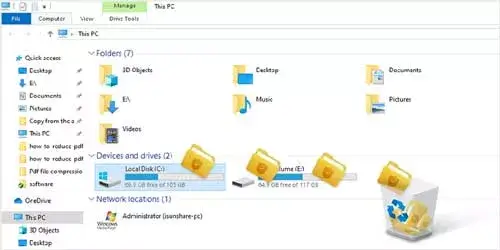Delete Files Permanently Using Cipher Command on Windows

Are you troubled by the fact that even if you delete files using the "Shift + Delete" shortcut key or empty the "Recycle Bin", they can still be recovered using third-party data recovery software? If so, this article is tailored for you. Just read on to understand how to permanently delete files using the cipher command on Windows.
Part 1: Analysis of Deleting Files on Windows
When you delete a file on Windows, it isn't immediately removed from the disk, even if you empty the recycle bin. Instead, the space occupied by the file is marked as deallocated space (free space) by the operating system. Until this space is overwritten by other data, there remains a possibility to recover the deleted file. This mechanism is designed to improve the efficiency of file operations and allows users to recover data within a certain time frame. To ensure that deleted files cannot be recovered, it's necessary to overwrite the free space on the disk. The cipher utility provided by Windows can help achieve this purpose.
Part 2: Using Cipher Command to Delete Files Permanently
The cipher.exe utility has been included in Windows since Windows 2000 and is supported on all versions released thereafter. By using the cipher /w command, you can overwrite the free space previously occupied by deleted files, thereby increasing the difficulty of recovering data with recovery software.
Detailed Operation Steps
Step 1: Close all programs to ensure the wiping operation is thorough.
Note: Running the cipher command may fill up the space on the target drive, potentially affecting the performance of other programs you are using.
Step 2: Open Command Prompt as an administrator.
Step 3: Type the cipher /w:E: command and press Enter to execute the wiping operation. (Replace "E:" with the drive letter you want to wipe.)
cipher /w:E:Step 4: Wait for the process to complete. The duration may vary depending on the size of the drive and the amount of deallocated space on the disk.

Note: The cipher command is only available on the NTFS file system.
Once completed, the wiping operation ensures that deleted data on the specified drive cannot be easily recovered.
Explanation of the Principle
When you run the cipher command, system will create a temporary folder named EFSTMPWP on the specified target drive. Within this folder, the system generates three temporary files filled with zeroes, ones, and random data. The deallocated space on the disk is overwritten during the filling process. Once the filling operation is complete, the system clears the temporary files. Through this process, the system securely overwrites data on deallocated space, ensuring it cannot be recovered by other data recovery software.
Conclusion
This article displays how to securely delete files to make it unrecoverable and describes the execution process of the cipher command briefly. If interested, give it a try and enhance your security experience.
Alternatively, you can try this professional third party software, File Deletion Genius to delete files permanently.




















